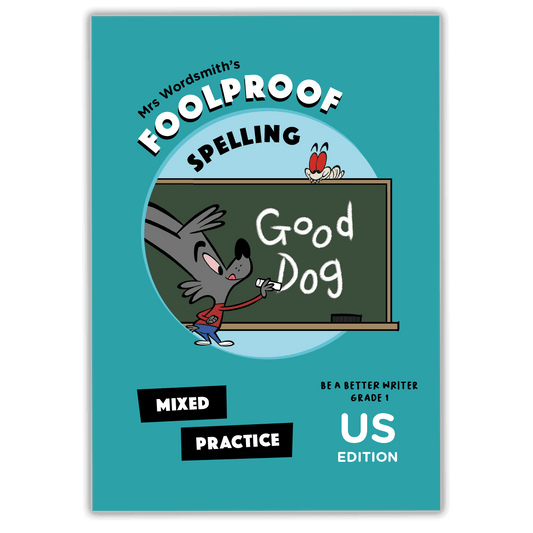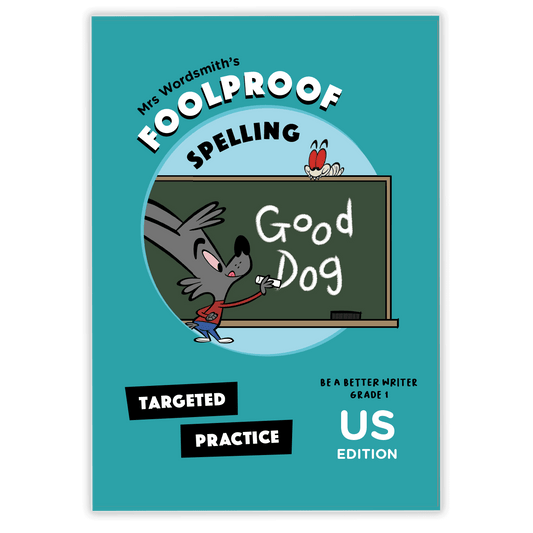Table of Contents:
- What's the difference between humor and learning?
- The science of humor: when something makes us laugh, we want to do it again and again
What's the link between humor and learning?
Have you ever noticed how good your child is at reciting lines from their favorite cartoon, and wished they had the same capacity for learning their schoolwork? Actually, they do. The key is that cartoons are funny and research shows that this is a great recipe for memorability.
Edu-comedy pioneers Robert Kaplan and Gregory Pascoe were among the first scholars to draw a link between humor and learning. In a groundbreaking study [1], they found that inserting funny content in their lectures significantly increased students' recall. A number of later studies came to the same conclusion [2] . There are two main reasons behind the contribution of humor to the learning process: a psychological one and a neuroscientific one.
The science of humor: the effort we put into interpreting the funny element makes the content around it stick more! The psychological reason as to why humor aids retention of new information has been investigated by various scientists.
Most of the recent studies have sprung from Berlyne’s theory [3] according to which humor is a two-phase process where the stimulus contains an inconsistency that needs to be recognized and reinterpreted by the receiver of the joke. The humorous element arises from the reanalysis of the odd element. The idea then is that this extra processing effort required to capture the inconsistency and reanalyze it allows for the content that surrounds it to be elaborated on more. Because of this extra processing effort, humorous content is engraved in the long-term memory, whereas non-humorous content which is processed more smoothly is just as rapidly forgotten. This theory was supported by experimental evidence from various studies [4], [5], [6].
The science of humor: when something makes us laugh, we want to do it again and again
If the same thing also teaches us something, doing it again and again means learning more and more! The neuroscientific reason behind the educational effectiveness of humour lies in the chemicals released by the brain when we encounter a humorous situation, or, more specifically, when we laugh.
A study by neuroscientist Roy Wise [7] found that humor activates the brain’s dopamine reward system (you know, in the same way that eating chocolate or winning a competition does), and that this pleasure chemical is crucial both for motivation and long-term memory. It is also a key factor for habit formation in that something that makes us feel good will trigger the desire to do it again. In other words, not only does humor make children learn, it makes them want to learn. Humor has also been proven to relieve stress and, if that wasn’t enough, social laughter (laughing with others) has been shown to support long-term relationships. In fact, our brain releases opioids (the human-made, naturally-occurring ones) after having a good laugh with our pals. These chemicals facilitate social bonding and communication and reduce tension and anxiety [8].
All of this has exciting implications for vocabulary learning. As well as making language acquisition more fun and engaging, pairing words with hilarious illustrations means that children learn these words faster and remember them better. And best of all, they get a healthy dose of dopamine in the process.

















 https://mrswordsmith.com
https://mrswordsmith.com
Comment
Leave a comment